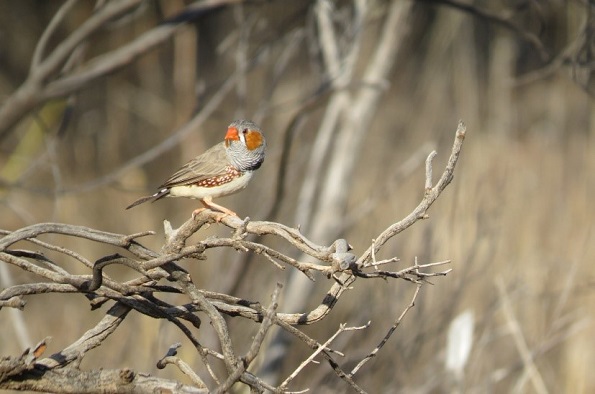
Nosy Neighbours: (Social) Information use and Decision-Making in Wild Bird
- Zen Lewis
- Suitable for: Staff and students with an interest in Behaviour, Evolution, Ecology and Microbiology
- Admission: Free
Add this event to my calendar
Click on "Create a calendar file" and your browser will download a .ics file for this event.
Microsoft Outlook: Download the file, double-click it to open it in Outlook, then click on "Save & Close" to save it to your calendar. If that doesn't work go into Outlook, click on the File tab, then on Open & Export, then Open Calendar. Select your .ics file then click on "Save & Close".
Google Calendar: download the file, then go into your calendar. On the left where it says "Other calendars" click on the arrow icon and then click on Import calendar. Click on Browse and select the .ics file, then click on Import.
Apple Calendar: The file may open automatically with an option to save it to your calendar. If not, download the file, then you can either drag it to Calendar or import the file by going to File >Import > Import and choosing the .ics file.
Individuals can reduce the uncertainty of life and make optimal decisions by gathering and utilizing information. Information use influences nearly all aspects of life with enormous consequences for individual fitness and population dynamics. Even though central to adaptation, little is known about information use and decision-making by animals in their natural habitats. For instance, how do individuals decide where to reproduce and how much to invest into reproduction? What are the consequences of such decisions? I will present our experimental work on individual breeding habitat decisions in predictable and unpredictable environments: in wild pied flycatchers, jackdaws and zebra finches we investigate which kind of information individuals collect when visiting each other’s nests, how different information sources are combined when making breeding habitat decisions and which factors explain why some individuals are nosier than others. Detailed knowledge about information use is crucial for understanding animals’ responses to anthropogenic changes which can operate as information-disrupters.
(Followed by drinks and snacks at The Pen Factory, 13 Hope Street)
